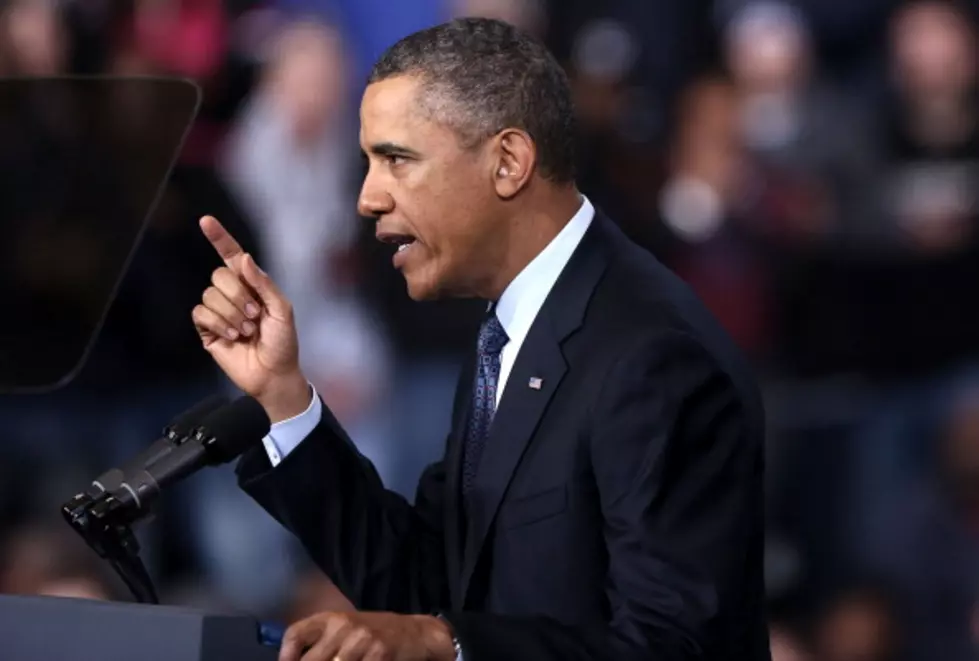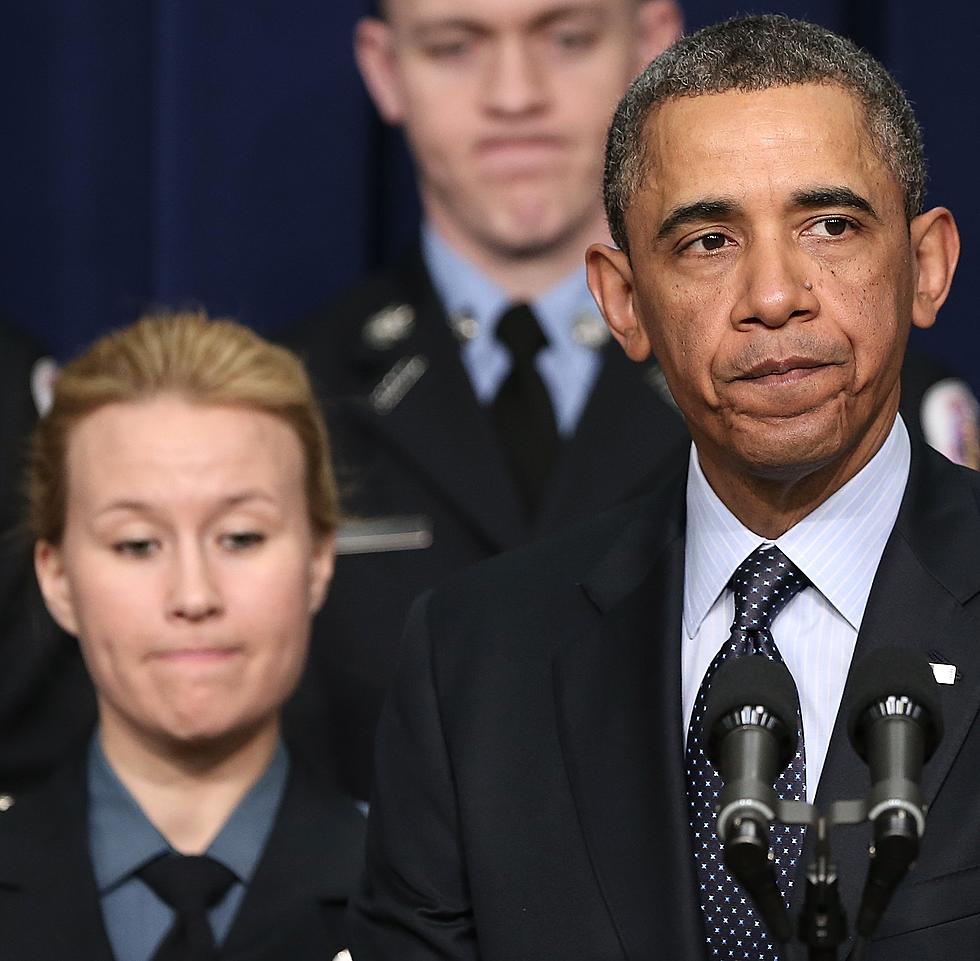
What Is The Sequester?
Talking heads and news outlets talk about this "sequester," but what exactly is it?
To put it simply: it is a series of spending cuts and revenue hikes aimed at reducing the nation's deficit through a bill so ugly that it would force Congress and the White House to find a solution.
The initial bill, the Budget Control Act of 2011, is what laid out these provisions into federal law in exchange for an increased debt ceiling in August 2011. The bill called for a "supercommittee" to come together and develop a plan to reduce the nation's debt and get control of the nation's budget. If this committee could not come up with a solution, the nation was supposed to see higher tax (via expiring federal tax cuts; the "Fiscal Cliff") and a large cut in federal spending (the "sequester") on December 31st, 2012.
Well, that supercommittee did not do its job, leading to the fiscal cliff debate. Although the deadline had passed, Congress worked out a solution that would allow most Americans to keep their Bush-era tax cuts, but give up their payroll tax cut. It also punted the sequester portion of the bill to a new deadline of March 1st.
The sequester itself is a $1.2 trillion slashing of government spending on the next 10 years, with this year seeing the first $85 billion cut in spending. The cuts are designed to be taken from military spending and social programs, however the cuts aren't clearly defined and would be decided up when the sequester does take effect.
Congress has several options before the 11:59pm deadline passes. They can allow the sequester to occur, vote on a permanent solution to the budget deficit and debt, or vote to kick the can a few months down the road. The hard part, and the original purpose of the Budget Control Act of 2011, is getting Republicans and Democrats to agree on the same bill to pass both houses.
More From News Radio 710 KEEL




![Should We Be Afraid Of The Sequester? [POLL]](http://townsquare.media/site/180/files/2013/02/162772128.jpg?w=980&q=75)



